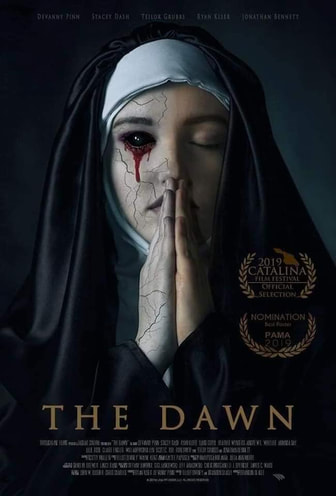 This movie requires the viewer to have a lot of patience. The pace is like a typical art film - slow dialogue with long drawn out scenes of nothingness. There are some stand-alone scenes where the protagonist, Sister Rose, dream sequences have pretty awesome effects but the horror doesn’t connect. As soon as it reeled the audience in, giving us a sense that something terrible is about to happen, the scene ends, and we are left feeling high and dry. If you have watched the 1 minute trailer above, all the best bits of the movie are in there. Some people love movies like this. Most viewers expecting an adrenaline fueled horror movie would find this movie lacking in expectation. Whenever I see a movie getting nominated for film festival awards, I can already guess that the film has all the excitement of watching paint dry. The only reason you would keep watching is out of curiosity for how it would end for the tormented protagonist, Sister Rose. From the point of view of a paranormal investigator, The Dawn plays out closer to how an actual diabolical possession would take place: First, it would come through dreams. The recurring nightmares wear the victim down, creating random but brief moments of odd behaviour. The victim starts doubting herself but finds it hard to share her experiences with anyone because she doesn't want people to think that she's crazy. Sometimes she isn’t sure if it's all a figment of her imagination and trauma from her childhood experience. Her faith in her religion starts to waver. When Sister Rose odd behaviour started escalating, the priest said that she must be exhausted and recommended more rest. That’s generally the common response people have for those who are afflicted. We rather assume that such behaviour is due to fatigue or stress than to confront the possibility of the supernatural; and when the affliction and hallucinations got worse the priest told her it must be a test from God and read her verses from the bible. Another scene that many people who have had supernatural encounters will find familiar is that they get attacked in their sleep with bruises, like finger marks, appearing on their body in places they couldn’t possible inflict upon themselves. The Dawn reveals itself at the end to be a prequel to a famous horror movie based on real life events. The GIF below is a hint. Fans of horror movies should be able to recognise this iconic house. I give the movie a 2 star rating out of 5. If you would like to reach me, the best channel to do so is via Facebook.
The Invisible Man (2020), while not strictly a horror movie per se, has all the elements of what spooks us out when we are alone. Are we being watched? Is there an entity in the corner staring at us that we can't see? When we witness something being moved by an invisible force and we question our sanity because no one believes our stories. These are the similarities that The Invisible Man shares with your standard ghost stories, except in the case of The Invisible Man, the monster is a real person who can pretty much stab you with a knife. This gives new meaning to the Chinese saying, "Humans are scarier than ghosts."
The Invisible Man, originally written by H.G. Wells and published in 1897 has had many movie reincarnations over the years. The 2020 remake takes a different approach from its predecessors: The Invisible Man (1933) and Hollow Man (2000) show the antagonist's downward spiral from man to monster, but the 2020 version skips all that drama and tells the story from the perspective of the victim. This gave what would have been a suspense-thriller genre a dash of horror. The first half of the show is a solid case study for anyone who wants to learn how to write and direct suspense: Wide shot of room, and empty hallways, letting audience’s imagination fill in the rest of the blank. The anxiety builds up to a pay off that is cleverly done without giving too much of the climax away too fast, too soon. The movie also didn’t waste time in trying to establish characters and backstory with lengthy exposition. The relationship between the protagonist and antagonist is revealed throughout the movie, giving the audience just enough information to understand the relationship without breaking the pace of the story. The scream lead, Elisabeth Moss, looks like an aged Drew Barrymore but for what she lacks in looks, she make up for it with superb acting. We see Moss soloing in most of the scenes switching through different levels of fear - Fear in an abusive relationship; fear from psychological trauma; fear from chilling realisation, fear from self-doubting of mental capacity; fear from isolation; fear from direct invasion of personal space; fear of captivity; fear from seeing people getting murdered in front of her eyes. In some scenes, there was no dialogue and Moss had to emote only with her face. Imagine how different this movie would have been if they had cast that girl from Twilight (Kristen Stewart) for the role. What If The Invisible Man Was Given an Asian Horror Make OverNow this is where my creative juices kicks in. If I were given the task to adapt this to Asian horror, this is how I would have done it. (Note to producers: I’m available for hire.) There are two mythologies that would work really well together which would give The Invisible Man (2020) the Asian twist it needs.
We fear ghosts because we cannot see them but they can see us. They can be in the same room with us, standing openly in the corner leering at us with malicious intent and we would be none the wiser. In the Asian version of The Invisible Man, I would bring the vengeful spirit back on the 7th day to haunt the living. The spirit would do all the things that was done in the Hollywood version of The Invisible Man except the haunting would take place in a tiny apartment befitting of Asian dwellings instead of a sub-urban American home. And in the second part of The Invisible Man (2020), we see that in his non-invisible form, he looks very much like another popular Asian horror called the Orang Minyak. The term “orang minyak” literally means oily man in Malay. It is named as such because it is covered from head to toe in black oil-like substance.
Putting these two elements together, we can have a proper adaption that would work very well for the Asian audience. Is there any movie house out there who would like to take me up on this challenge? Check out The Invisible Man trailer below. I give the movie a 4 star rating out of 5. If you would like to reach me, the best channel to do so is via Facebook. This is our #NoSpoiler #MovieReview of the Grudge (2020) by Eugene Tay. Grudge is a reboot and also a sequel of the Ju-On series, which was originally in Japanese, first released in 1998 on video. Ju-On is NOT the name of the ghost boy that we, at least amongst my friends in Singapore, commonly refer to him as. That pasty faced, throaty growl boy is called Tashio Saeki. Ju-On means Curse Grudge in Japanese.
Those watching this latest one might get confused with the constant jump in timeline and talking about seemingly unrelated incidences, it's because the movie is trying to stay true to the original style which does the same. So purist would like it, non-fans might find it unnecessary. I feel that there is a legitimate reason for the non-linear timeline. It was revealed in Ju-On: The Grudge (2002) that time in the paranormal world does not function the same way it does in our reality. In Grudge (2020), there was a line spoken by a character that goes like this: "Places like this feels like the walls between this world and the next has been torn down. Time flows differently. Anyone who enters here, we are all bound together." This is a concept that many of us in the metaphysics field believe in and I think it's a deliberate move by the writer to portray the movie as such. In the original, due to the lack of budget, the movie had very little sound effects, often times just relying on ambient sound, which Grudge (2020) emulated. So at times, it can feel a little art house, but know that it was intentional, once again, to try to pay tribute to the original. On the internet, critics slammed the movie real bad. Many citing the lack of originality and overuse of jump scares as the main reason for this movie’s failure to scare. I don't agree with those points. I liked the familiarity of the horror tropes without trying too hard to be new and different. It stayed true to source material which, back in 1999, it was probably considered ground breaking. So how inventive can they get for a remake without pissing off at least one demographic of audience? Fortunately for me, I enjoyed it. So screw you, angry internet ranters! For those of you who feel that a horror movie is boring because it’s predictable, I’m willing to bet that the scary but predictable scenes still got your heart pumping. Part of what makes horror, horror, is that you as the audience knows what’s coming and you mindfuck yourself in the process. And after the scare is done, you start talking smack about “how you saw that a mile away” probably to downplay your fears. The biggest difference between Grudge (2020) and the Japanese version is that Asian horror are often subtle. Our ghosts are classic white-gowned-long-hair apparitions or a version of such. Grudge (2020) attempts to add a layer of scare with gore and zombie-eque ghosts. It's got Sam Raimi's Evil Dead vibe all over it. I reckon this sort of horror is more in line with the Hollywood audience it was intended for. There was also a nice tribute to one of the two original Ju-On prequels titled 444444444. In Grudge (2020), the detective received a distress call at 4.44 am. 4 means death in Japanese and Chinese folklore. Usually Hollywood would use 12am or 3am as the witching hour. So this 4.44 timing for an American movie is definitely a nod towards the Asian source content it appropriated. So how close to the truth is The Grudge based on?
Death based curses, according to asian mythology, are one of the strongest. When someone trades their life to place a curse, it can last through many generations and lifetimes. In the case of tragic deaths through brutal murder, it is bound to leave behind an extremely strong imprint of negative energy. This is what causes a place to feel haunted and for sensitive folks to feel uncomfortable. That’s the part where the movie got right. In the movie, the spirits of the dead can come back as apparitions. This is also true. That’s your standard ghosts and vengeful spirits variant. Such entities are often times tied to the location of their death. They can’t follow you around. They can affect they way you feel when you are in the haunted house but not outside of it. A house with such tragedy, if left un-cleansed can and will affect the new occupants, and cause a string of recurring unfortunate events. In the Ju-On movie franchise, the evil entity follows you around after you have come into contact with the house and cause you to commit murder elsewhere. This evil entity, I believe is no longer just the vengeful spirit of the dead. Houses with gruesome pasts have such strong negative energy that it attracts demonic entities to the location. These demons can take the form of the deceased and use that as a mask when interacting with the living. I believe this is what The Grudge really is. Demons don’t always kill their pray outright. They torment you mentally and lower your defences. Then it can either take over you or whisper thoughts into your mind making you commit the crime by your own will. What’s scary about such haunting is that without intervention, this curse/demon can just keep going on and on for years. The less people believe in the paranormal and the more people rely on medical science to explain unnatural behaviour, the more likely these demonic entities can run rampant. A recent case I attended to was about couple who were happily married for nine years. Within a year of moving into their new home, they began to feel a sense of aggression towards each other. A sense of pure hatred for each other. They filed for divorce and moved out. During their time apart from the house, they began to realise how different they had been behaving during their stay there. For this case, the haunting was only in the house itself and the thing did not follow them around. Why this is one of the better horror franchise, in my opinion, is that unlike other haunted houses portrayed in American horror, a curse simply cannot be beaten by burning down the house or running away from the place. Once you are marked, death is probably the only way out.
It’s a straight forward movie with no complications. You will like it for the simplicity of it and the tight storytelling. It’s a fresh divergent from the usual horror plot. The Prodigy shares similar traits to movies like The Omen and Chucky, where you have a boy with bad intentions minus the priest and end-of-the-world supernatural aspect. The Prodigy explores the themes of reincarnation. Is reincarnation real and what if the soul of a serial killer reincarnates in the body of your new born child? The Prodigy lays out the storyline in the first fifteen minutes of the show with a brilliant montage of a serial killer getting caught and gunned down in Ohio in the exact same time a new born child, Miles, is delivered in a hospital Pennsylvania. You immediately know what the next 75 minutes of the show is going to be. This is followed with more montages of the boy growing older exhibiting genius-like qualities for a child and some odd anti-social behaviour. The clock stops when the boy turns 8 years old and that’s when the horror officially begins. The technique works given that the movie expects audience to fall on prior knowledge of similar horror films to scare themselves with anticipation. Most of the scares are in our own heads. The setting is simple and revolves around a typical suburban house in America: long corridors, creaky floorboards, dark basement, staircases, ample living space, and rooms that are separated far apart. This movie though low budget (6 million USD) is very well produced relying on skillful storytelling and great acting. The mother-son pair of Taylor Schilling and Jackson Robert Scott delivers powerful performance often times with just a turn of facial expressions. Scott, born in 2008, first made his Hollywood debut as Georgie in the Stephen King horror movie IT in 2017, is reminiscent of Haley Joel Osment from sixth sense. The scene where Miles interacts with his therapist and reincarnation expert is one that I reckon would make the list of memorable classic horror moments and probably cement Scott’s career as the next horror child actor. This movie doesn’t deviate too far from the desperate-mother-trying-to-fight- evil-in-child trope but do expect some twists to the story which have critics divided over what to feel. The end feels like they have left enough room for there to be a sequel. Considering that the movie has grossed almost 18 million dollars, three times more than what it cost, in the opening week alone, I say we can expect a sequel to be in the works. On to the theme of reincarnation, there’s a line in the movie that says this belief is common in Asia but not so in western culture. That much is true. Reincarnation is the central tenet in religions like Hindism, Jainism, Sikhism, and Buddhism. Taoism believes in the afterlife and some even some minor Christian and Islamic denominations speaks of reincarnation in their doctrine. Reincarnation is perhaps one of the few supernatural topics that has been researched extensively and proven to be real. Though “real” is debatable here because sceptics are still claiming that the memories of a young child knowing exact details of a deceased is purely a coincidence. In a story told to me by a spiritual healer, there was a patient who came to him reporting a terrible migraine that wouldn’t go away. He never had it before growing up but strangely on the night of his twenty second birthday the back of his head started aching. The usual MRI and CT scan showed no abnormally and doctors couldn’t diagnose the cause of the pain. It was then that someone suggested he visited a hypnotic therapist for a past live regression session. It turned out that the man was murdered at the age of twenty two with a blow to his head and has reincarnated into this body bearing the traumas of the previous life. His mother later confirmed that the man had a large birthmark at the spot of the killing blow. The spiritual healer was recommended to help the soul reconcile and release past karmic impressions.
Check out the links to other reincarnation stories of famous people and podcast with Dr. Jim Tucker a Professor of Psychiatry and Neurobehavioral Sciences who works with children who report memories of previous lives. |
AuthorConfession Journal is a collection of stories and reviews submitted by the public. Topics
All
|
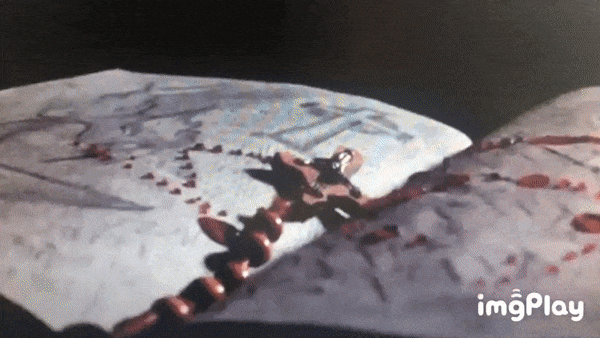


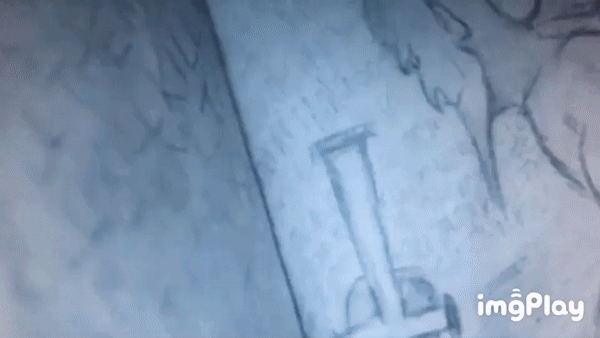
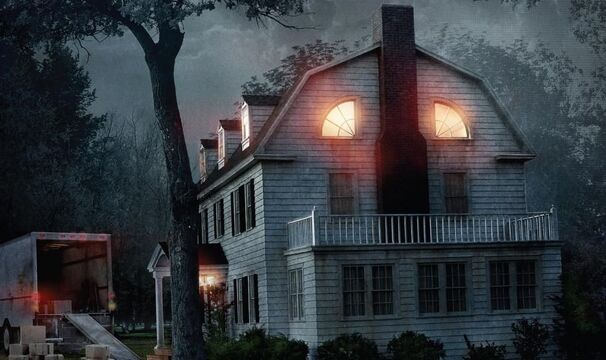

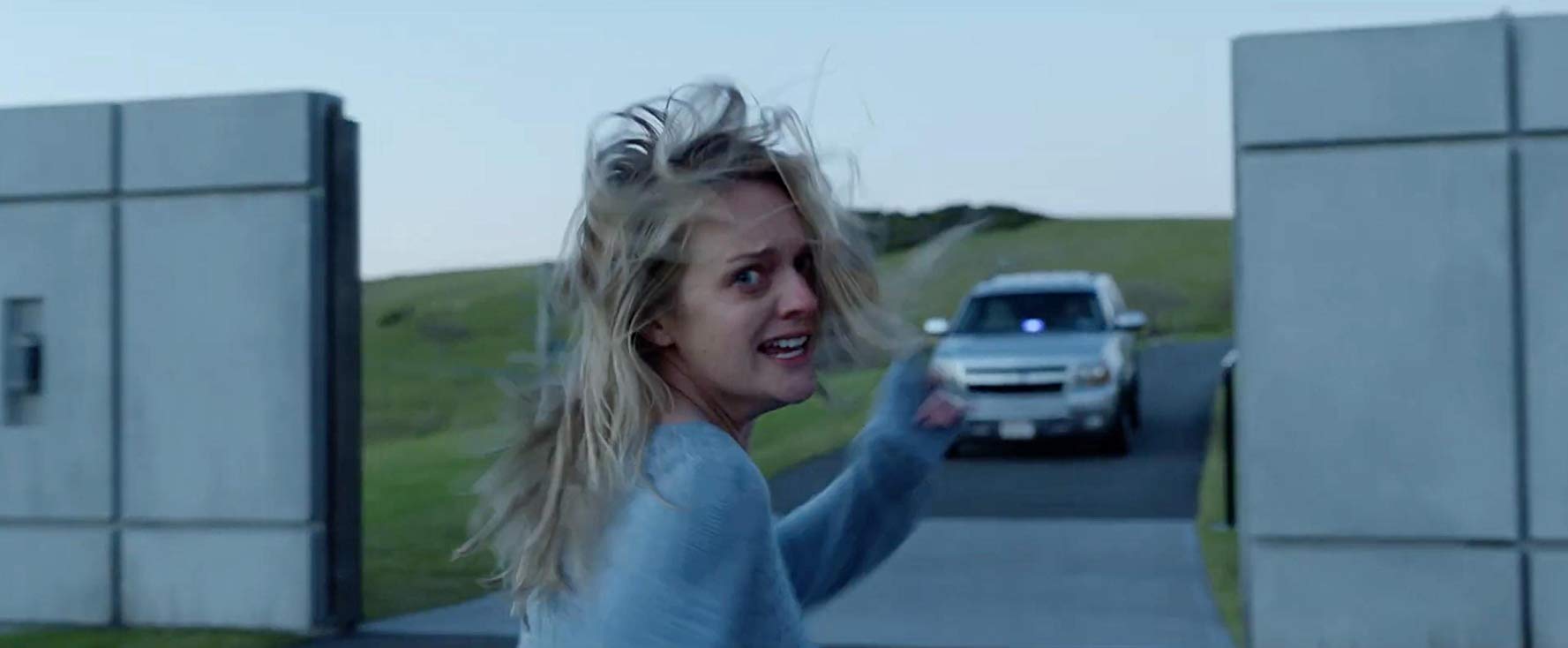



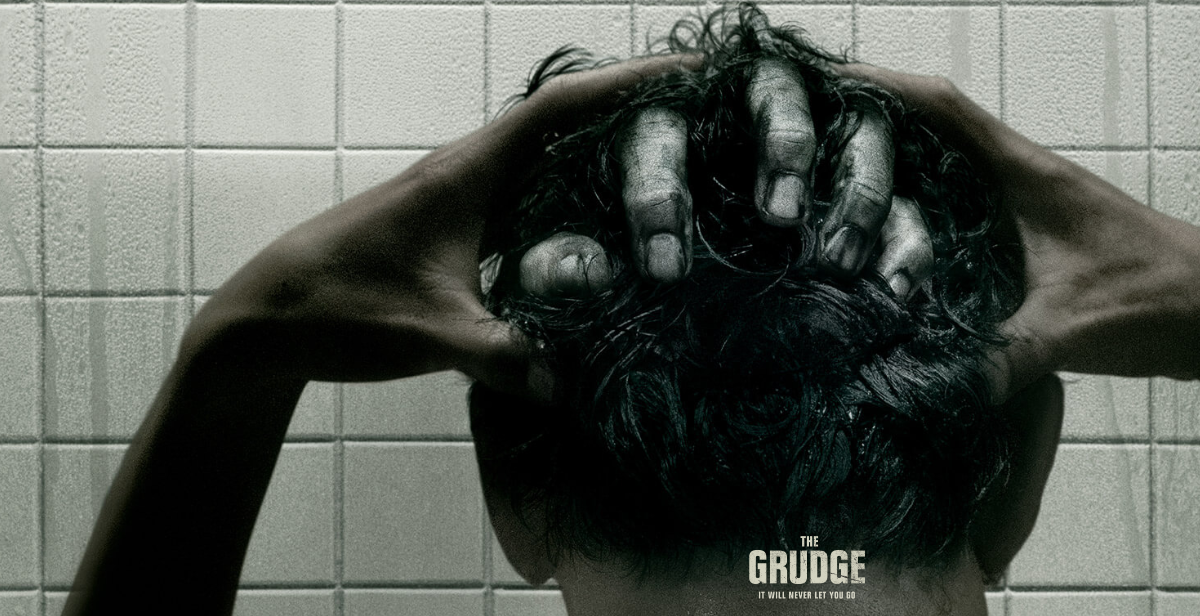
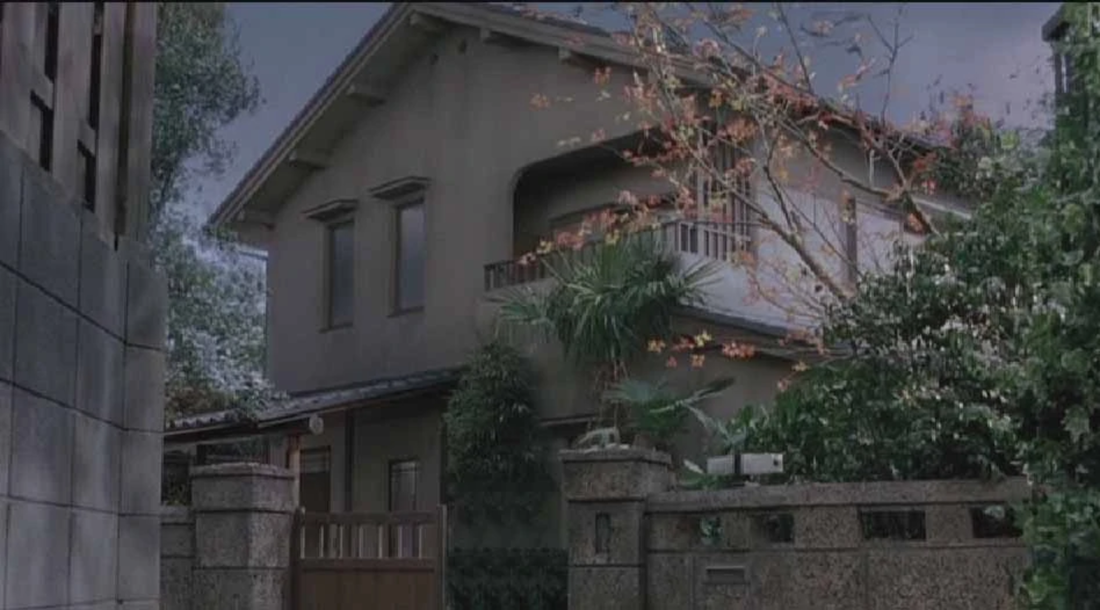

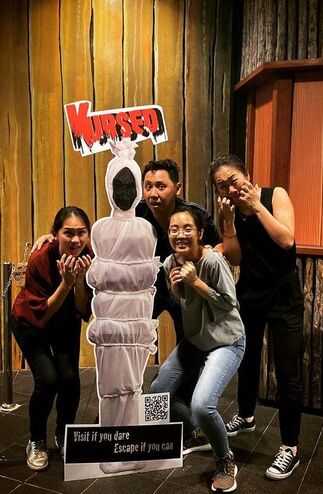



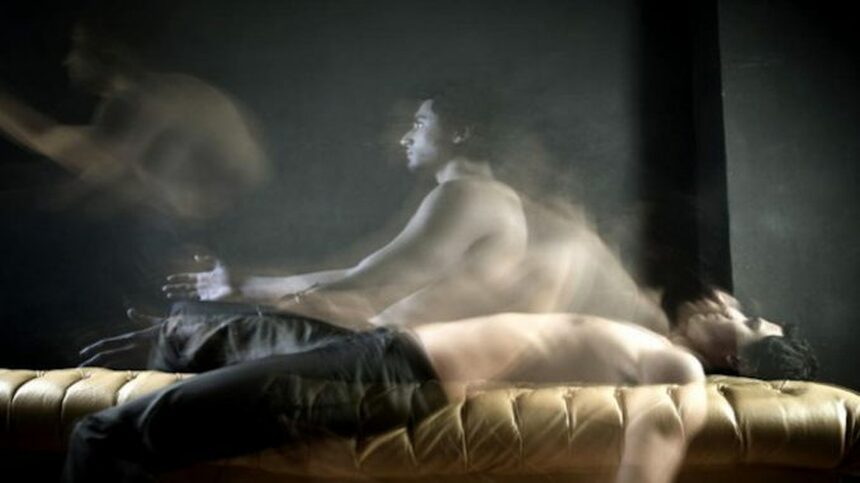


 RSS Feed
RSS Feed